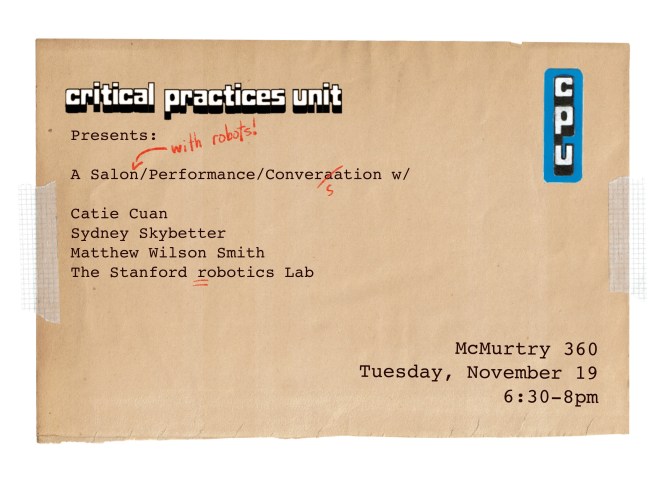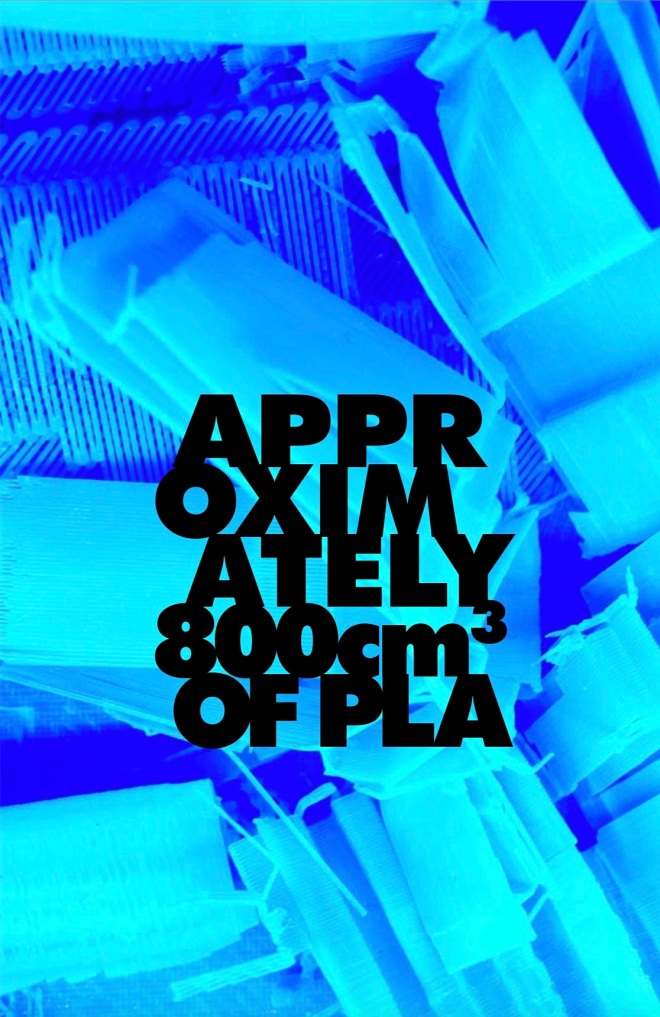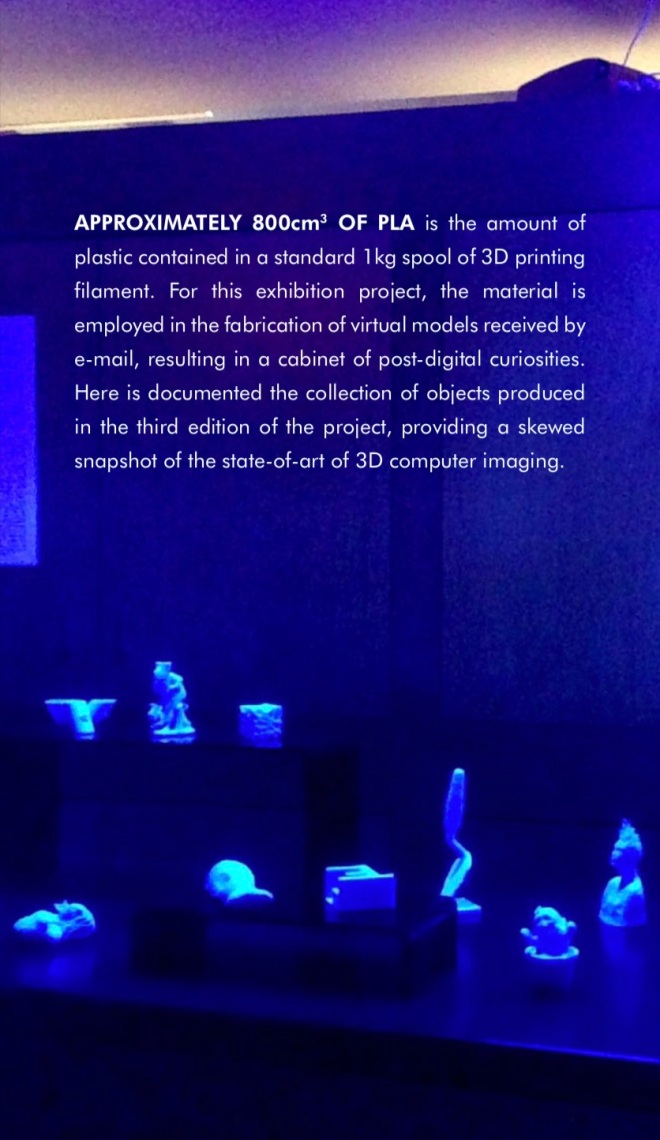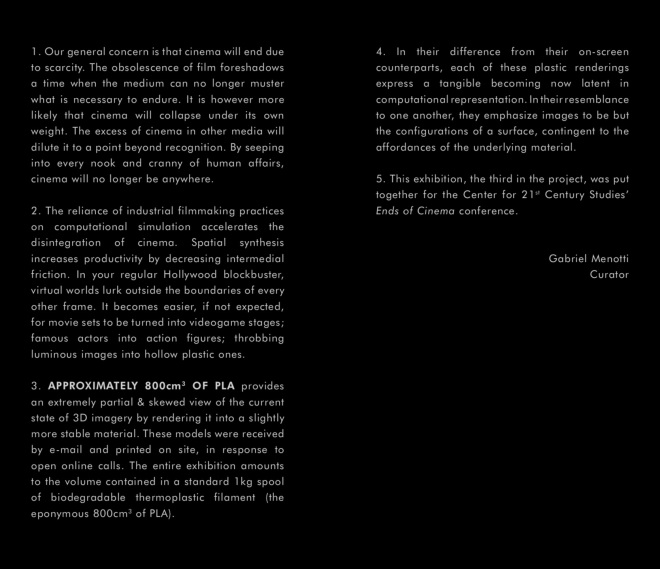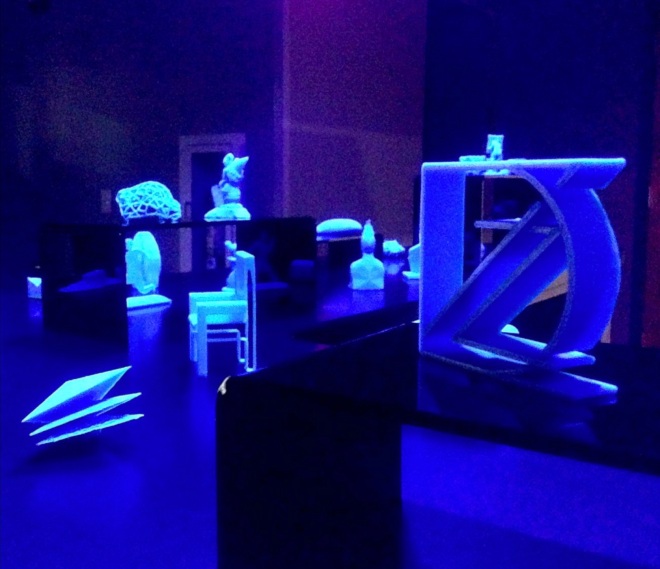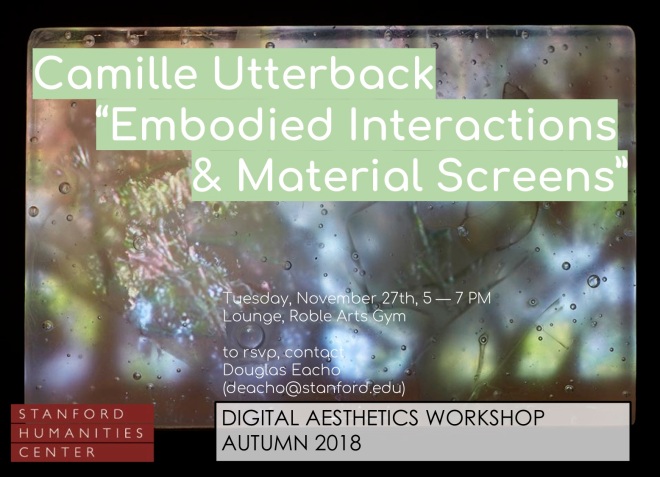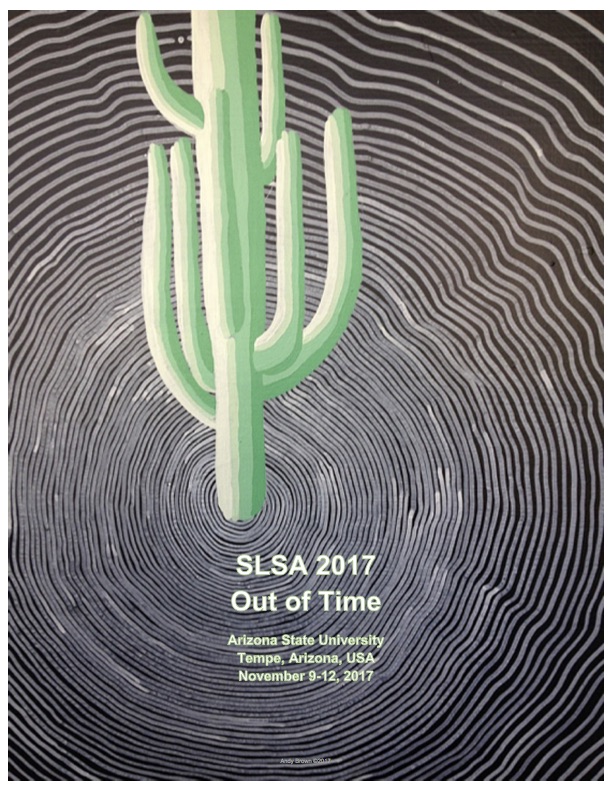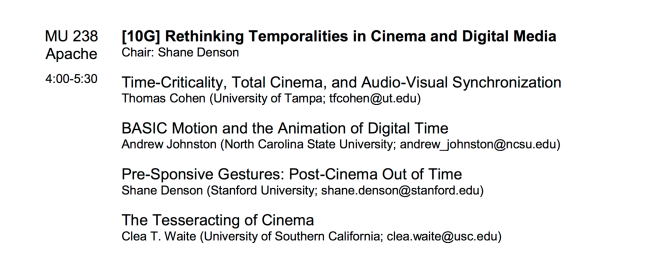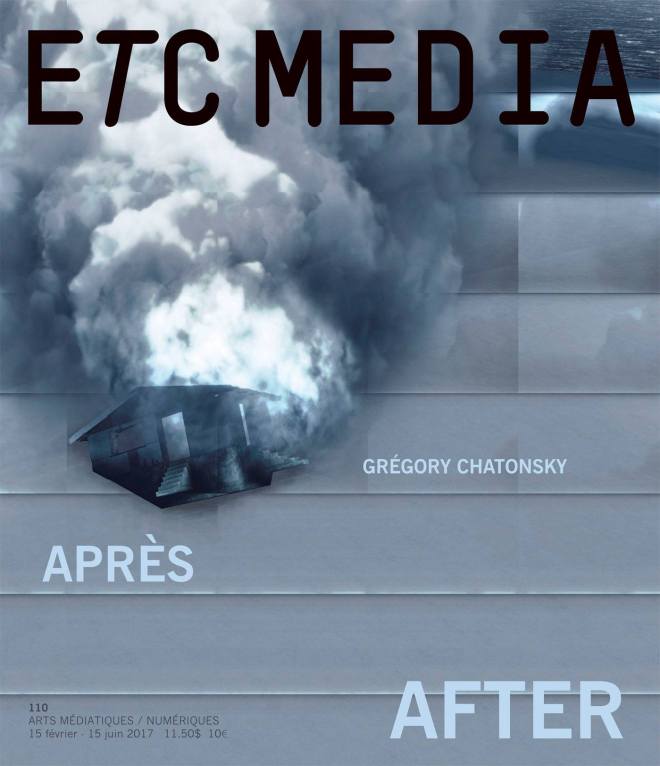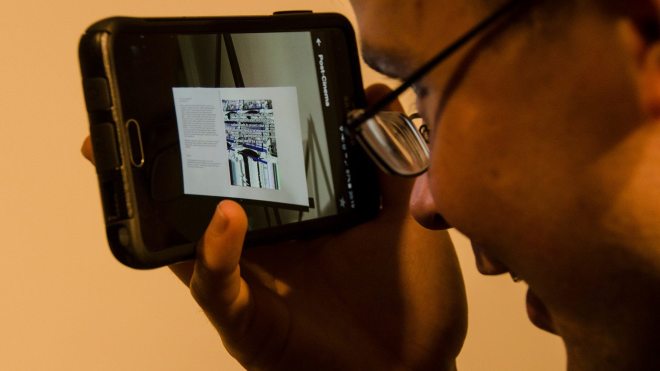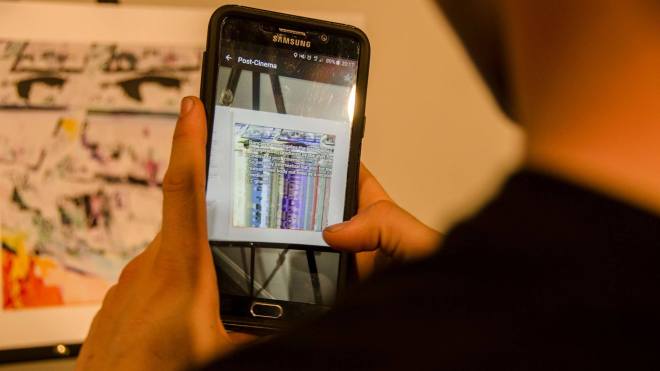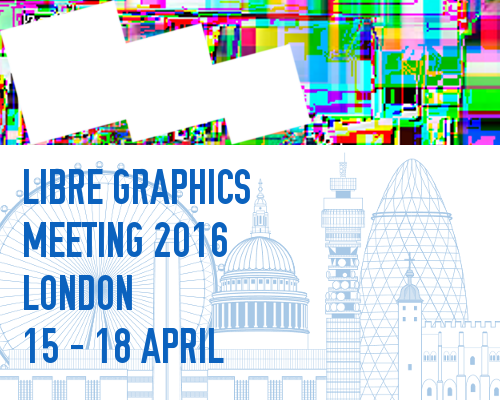
On Saturday, September 30, at 9am Pacific Time, I’ll be giving the following talk at ASAP/14 (online):
Correlative Counter-Capture in Contemporary Art
Computational processing takes place at speeds and scales that are categorically outside human perception, but such invisible processing nevertheless exerts significant effects on the sensory and aesthetic—as well as political—qualities of artworks that employ digital and/or algorithmic media. To account for this apparent paradox, it is necessary to rethink aesthetics itself in the light of two evidently opposing tendencies of computation: on the one hand, the invisibility of processing means that computation is phenomenologically discorrelated (in that it breaks with what Husserl calls the “the fundamental correlation between noesis and noema”); on the other hand, however, when directed toward the production of sensory contents, computation relies centrally on statistical correlations that reproduce normative constructs (including those of gender, race, and dis/ability). As discorrelative, computation exceeds the perceptual bond between subject and object, intervening directly in the prepersonal flesh; as correlative, computation not only expresses “algorithmic biases” but is capable of implanting them directly in the flesh. Through this double movement, a correlative capture of the body and its metabolism is made possible: a statistical norming of subjectivity and collectivity prior to perception and representation. Political structures are thus seeded in the realm of affect and aesthesis, but because the intervention takes place in the discorrelated matter of prepersonal embodiment, a margin of indeterminacy remains from which aesthetic and political resistance might be mounted (with no guarantee of success). In this presentation, I turn to contemporary artworks combining the algorithmic (including AI, VR, or robotics) with the metabolic (including heartrate sensors, ECGs, and EEGs) in order to imagine a practice of dis/correlative counter-capture. Works by the likes of Rashaad Newsome, Rafael Lozano-Hemmer, Hito Steyerl, or Teoma Naccarato and John MacCallum point to an aesthetic practice of counter-capture that does not elude but re-engineers mechanisms of control for potentially, but only ever locally, liberatory purposes.
